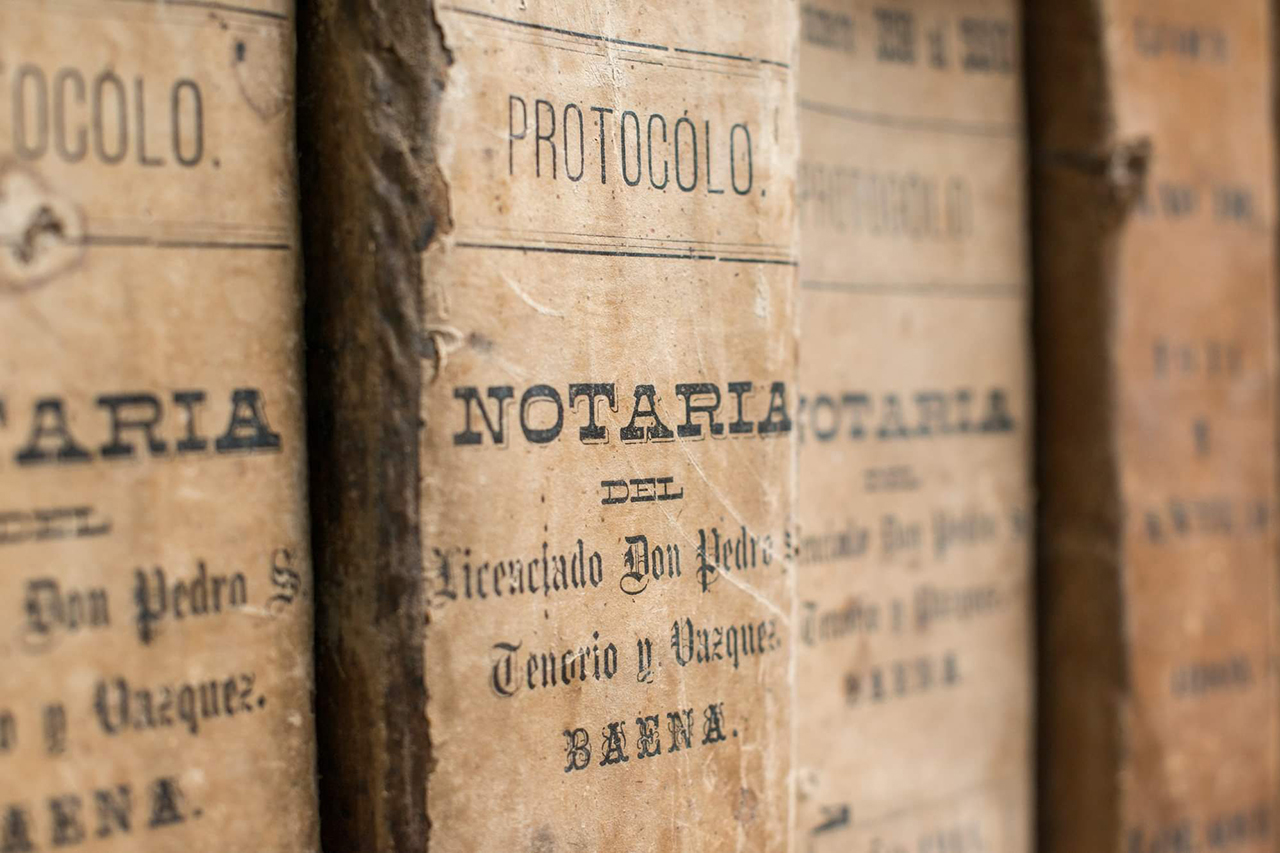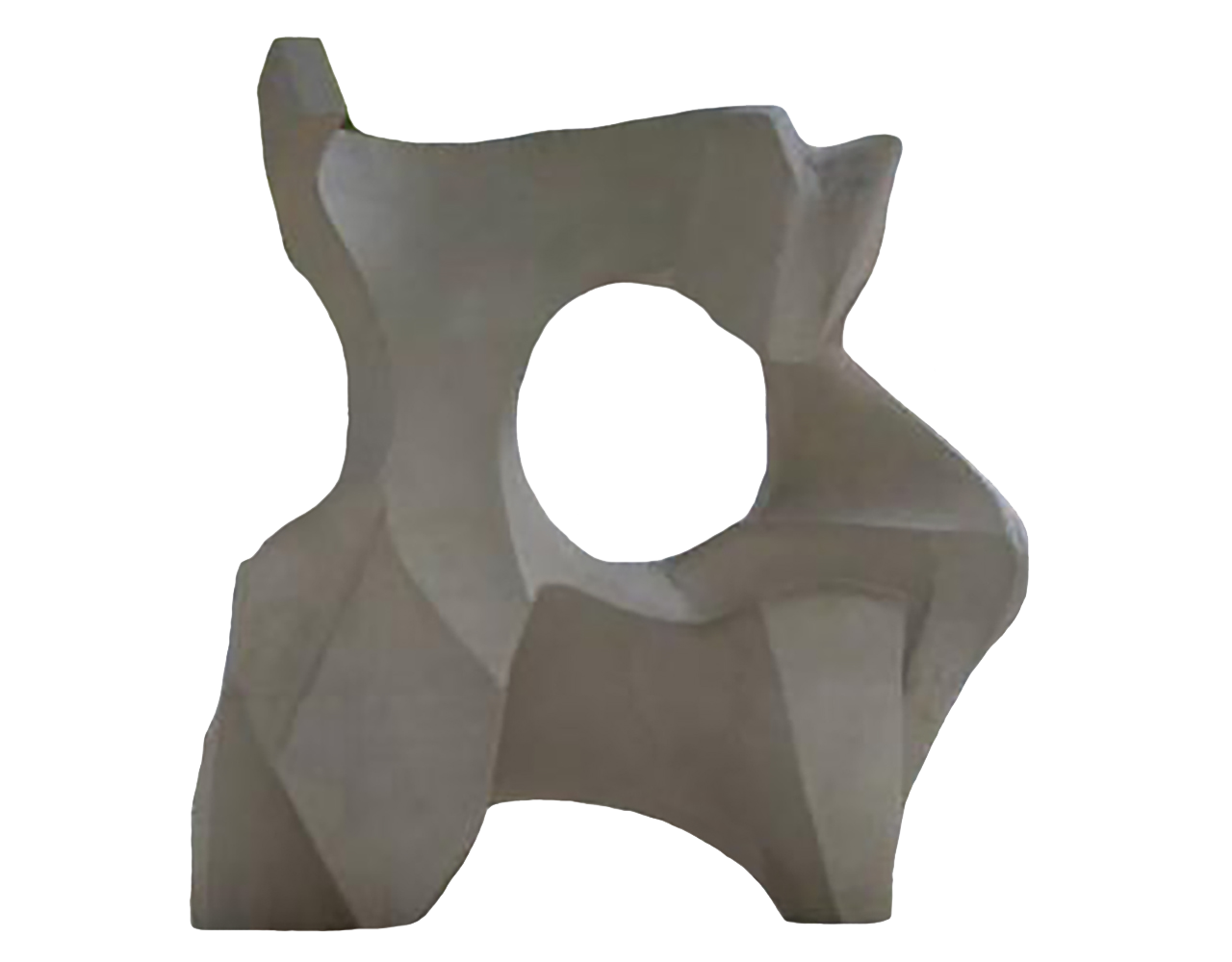The transition from the old town to the current city
A STAGE OF LIGHTS AND SHADOWS
During the Modern Age and the beginning of the Contemporary, Baena was affected by great epidemics, droughts and famines that greatly conditioned the development of the population. But it was also a stage in which important achievements were achieved, including placing it as a world benchmark in the production of top quality olive oil.
During the 19th century, the town was affected by epidemics and famines that caused a notable decrease in its inhabitants, although in the first decades of the following century Baena was among the most populated centers in Andalusia. Undoubtedly, it was one of the reasons that influenced the granting of the title of city by Royal Decree in 1913.
During this stage the advances were
The 20th century saw a significant increase in the urban area of the city, which would widely double its size, with the emergence of new residential areas, especially in the last third of the century.
Baena is a reference in the production of extra virgin olive oil, with its own Denomination of Origin, one of the first in Spain. It has excellent vineyards, included in the Montilla-Moriles Denomination of Origin, and extensive wealth in cereal lands. Industrial clothing has been another source of employment in the second third of the 20th century. Baena has several cooperatives that cover the aforementioned sectors. The population is stabilized at around twenty thousand inhabitants, after overcoming the migratory crisis of the sixties.


